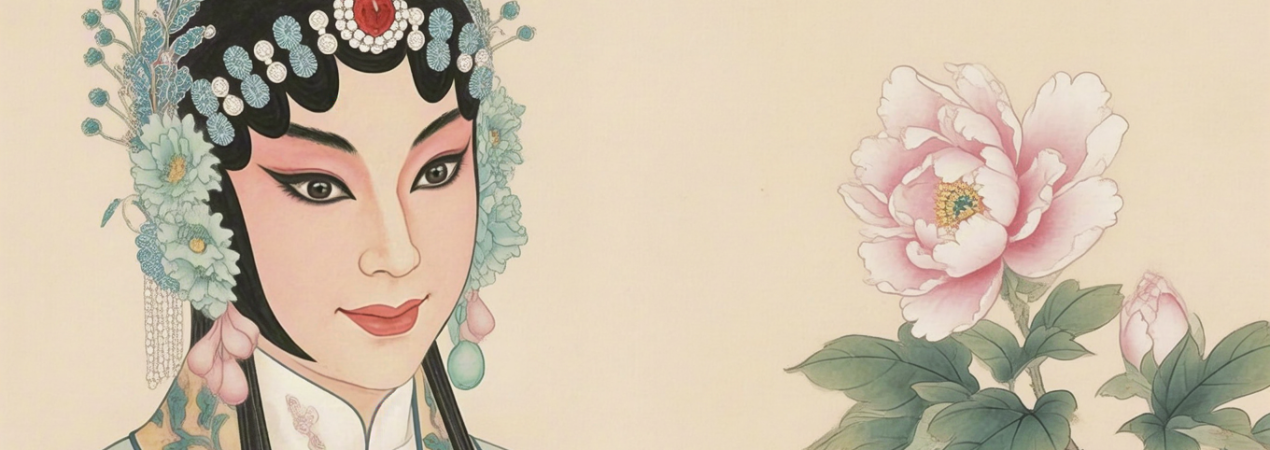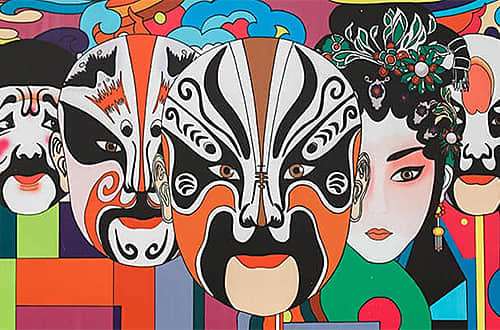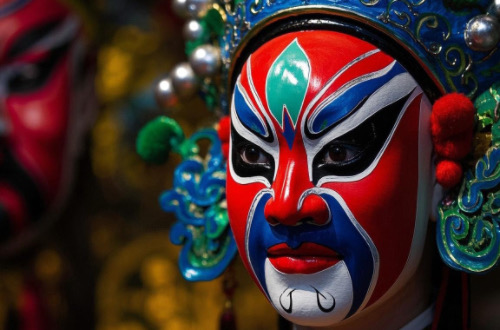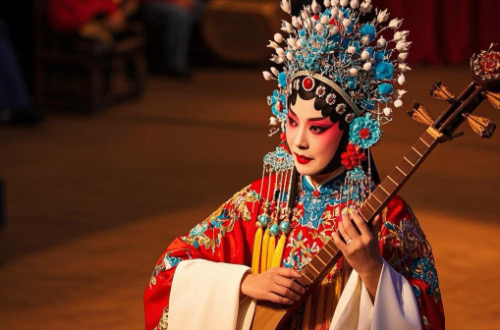Pingju Opera / Ping Opera

Pingju Opera is a treasure of Chinese culture. In theaters, on screens and in classrooms, the charm of Pingju Opera is constantly being explored and displayed. Pingju Opera's catchy singing, unique techniques and gorgeous costumes bring people a rich visual and auditory experience.
If you want to go to the theater to enjoy Pingju Opera, Knowing its history can really enhance your enjoyment.
The History of Pingju Opera
Pingju Opera is one of the established opera genres in China. Pingju is a Han Chinese opera, among the five major schools of Chinese opera. It had been considered as the second-largest opera of the country, right after Peking Opera. The opera is most widely spread in Beijing, Tianjin, Hebei, and North China in general. Other parts of China still enjoy the opera, and it became one of the more preferred operatic entertainments.
Formerly known as "Pingqiang Bangzi Opera", commonly known as "Tangshan Luozi" or "Bengbeng Opera", it originated in the rural areas of Luan County in eastern Hebei and was formed in Tangshan around 1910. When Bengbeng Opera was performed in Shanghai in 1935, it officially used the name of Pingju Opera. It is now popular in Beijing, Tianjin, Inner Mongolia as well as other areas in North China and Northeast China.
"Bengbeng Opera" is a long-standing folk rap art form. The main accompaniment instrument used is seven bamboo boards connected by ropes. There are a total of 6 people, including a male clown, a female clown, a man in casual clothes, a middle - aged wife, a little girl and a plain - dressed widow. This was originally a family of refugees who had no means of living, so they used lotus boards to perform for a living, so it was also called "Luozi Opera". Around 1910, the Bengbeng Opera Troupe entered the Tangshan Tea Garden for performance. After being reformed by Cheng Zhaocai and other artists, it used a full set of Hebei Bangzi instruments for accompaniment, so it was named "Pingqiang Bangzi Opera". Cheng Zhaocai and others became the first generation of Pingju artists, and in 1919 they wrote new plays such as Yang Sanjie's Complaint and Flowers as Matchmakers, which have been performed for a long time, and Yang Sanjie's Complaint has also become one of the representative plays of Pingju Opera.
Around 1930, famous Pingju Opera actor Bai Yushuang and others brought Pingju Opera to Beijing, making it a favorite opera among the people of Beijing. Around 1935, it was expanded to Shanghai, Nanjing and other places for performance. With the support of progressive dramatists, the influence of Pingju Opera was further expanded to the Jiangnan area.
After 1949, Pingju Opera entered a new period of prosperity and development. The China Pingju Opera Troupe, Tianjin Pingju Opera Theater, Shenyang Pingju Opera Theater and other troupes were established one after another. Pingju Opera art form was reformed, the range of performance themes was expanded, and many outstanding Pingju Opera actors emerged. In addition to being widely spread in North China and Northeast China, Pingju Opera also has performance groups in some cities in Central South, Northwest and Southwest China. It has become an opera with a wide influence on the masses.
 Beijing Opera
Beijing Opera  Huangmei Opera
Huangmei Opera  Sichuan Opera
Sichuan Opera  Cantonese Opera
Cantonese Opera